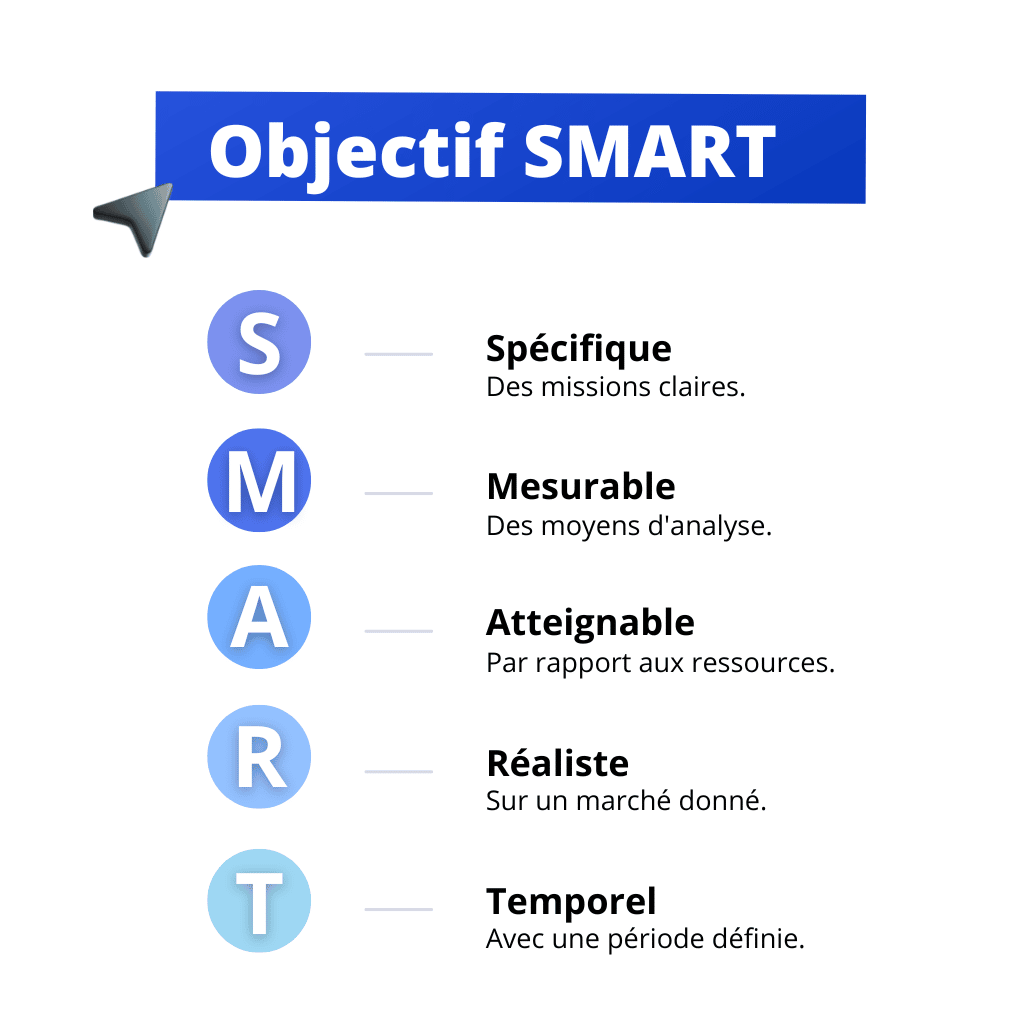Smart Home Solutions for Improved Ventilation are transforming how we manage our indoor environments, promising a healthier and more energy-efficient living experience. This technology, rooted in the evolution of ventilation, has advanced significantly, moving from basic airflow systems to sophisticated, sensor-driven solutions. The promise is simple: cleaner air, reduced energy bills, and a more comfortable home, all managed with the convenience of smart technology.
This exploration will delve into the core components, control methods, and undeniable advantages of smart ventilation. We’ll examine the various sensors, smart fans, and thermostats that make these systems work. Moreover, we’ll cover how automation, remote control, and scheduling contribute to optimal ventilation performance. By the end, you’ll understand the diverse types of solutions available, how they integrate with other smart home devices, and the practical steps for installation and maintenance.
Smart home solutions are revolutionizing ventilation, offering automated control for optimal air quality. While functionality is key, consider how to enhance your home’s aesthetic. Integrating stylish design elements is easy; explore how to achieve this by exploring Smart Decor That Makes Your Home Unique to find decor that complements your smart ventilation system, creating a healthier and more visually appealing living space.
Introduction to Smart Home Ventilation: Smart Home Solutions For Improved Ventilation
Smart home ventilation systems are revolutionizing how we manage indoor air quality and energy efficiency. These systems intelligently monitor and control the air within our homes, ensuring a healthier and more comfortable living environment. This technology represents a significant leap from traditional ventilation methods, offering enhanced control and automation capabilities.
Introduce the concept of smart home ventilation systems and their significance., Smart Home Solutions for Improved Ventilation

Source: waalaxy.com
Smart home solutions offer excellent ways to enhance ventilation. Considering this, it’s beneficial to explore how these technologies work, and how they integrate with other smart home systems. You might find the “Top Smart Home Gadgets for Remote Monitoring” Top Smart Home Gadgets for Remote Monitoring helpful, especially when managing and monitoring ventilation remotely. Ultimately, the aim is to optimize your home’s air quality through effective ventilation strategies.
Smart home ventilation systems are designed to automatically regulate airflow within a home. They use sensors and automation to monitor air quality, humidity, and other factors, adjusting ventilation to maintain optimal conditions. This is a significant improvement over manual ventilation, which often relies on opening windows or using basic fans. These systems provide a proactive approach to air quality management, responding to real-time conditions rather than relying on guesswork.
Provide a brief history of ventilation technology and its evolution into smart systems.
Ventilation technology has evolved significantly over time. Early ventilation systems were rudimentary, often involving passive methods like natural airflow through windows and chimneys. The advent of mechanical ventilation introduced fans and ducts, allowing for more controlled airflow. The integration of electronics and sensors marked the beginning of the smart ventilation era. This evolution has transformed ventilation from a basic necessity into a sophisticated system that can be precisely controlled and optimized.
Share the benefits of smart home ventilation, focusing on indoor air quality and energy efficiency.
Smart home ventilation offers numerous benefits, primarily focusing on indoor air quality and energy efficiency. By continuously monitoring and filtering the air, these systems reduce pollutants, allergens, and odors, leading to a healthier living environment. Furthermore, smart ventilation can significantly reduce energy consumption by optimizing airflow based on occupancy and environmental conditions. This leads to lower utility bills and a reduced environmental footprint.